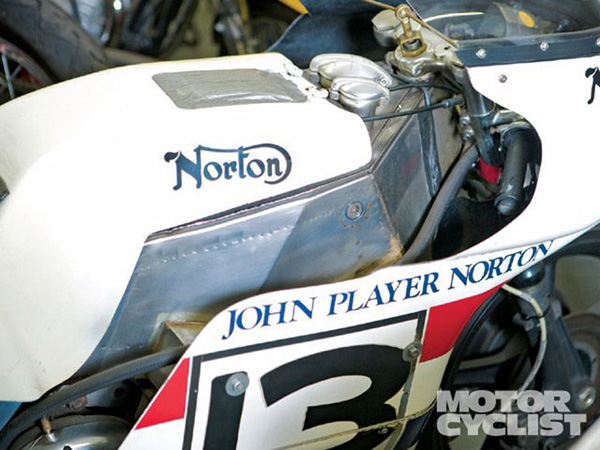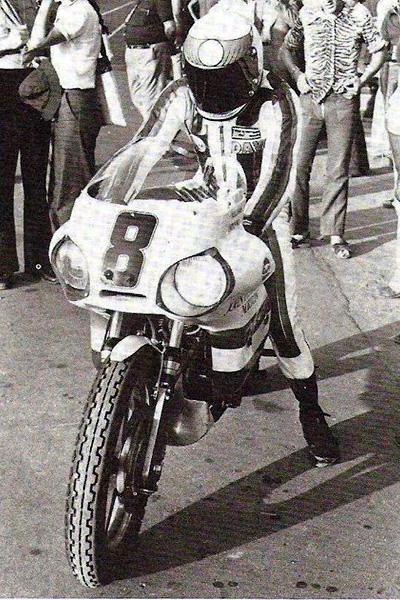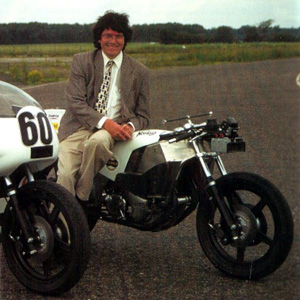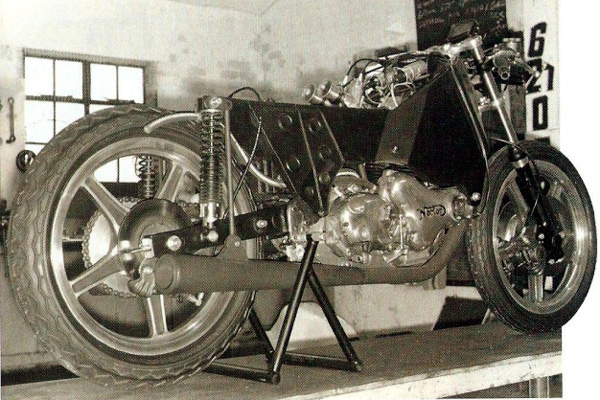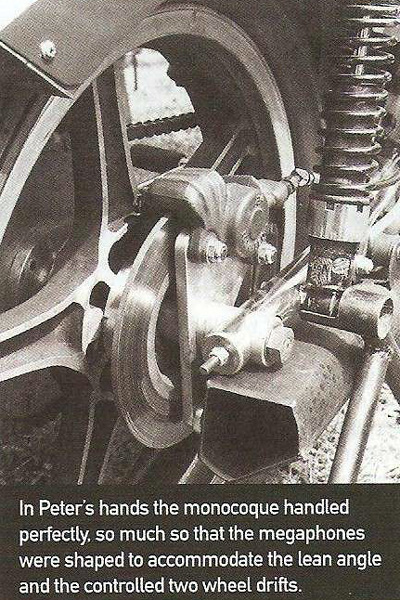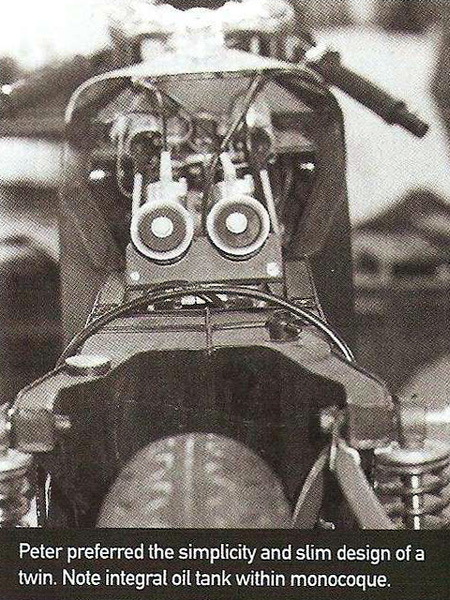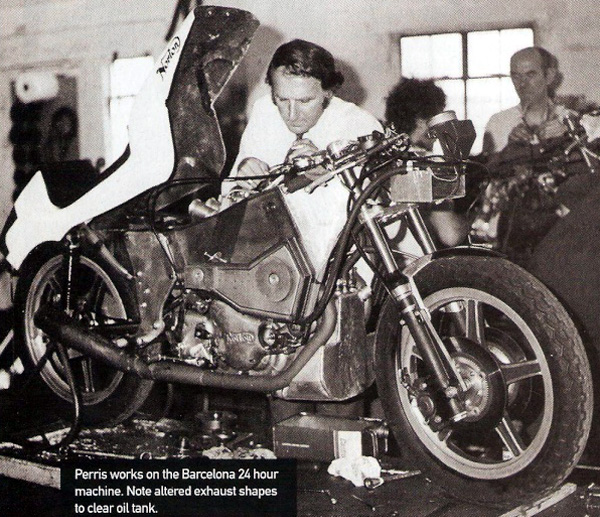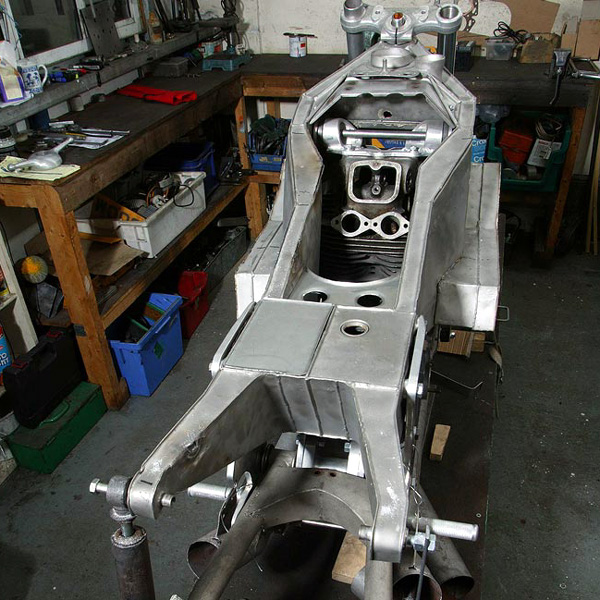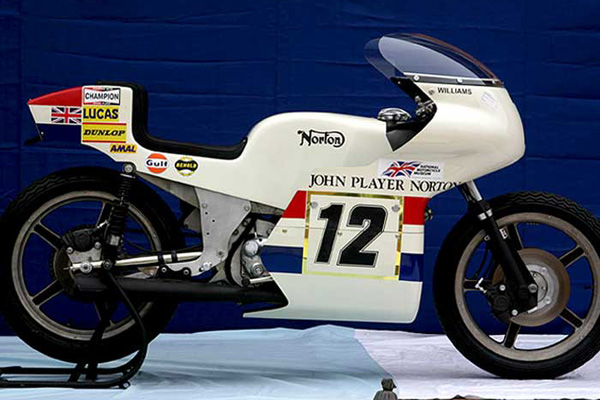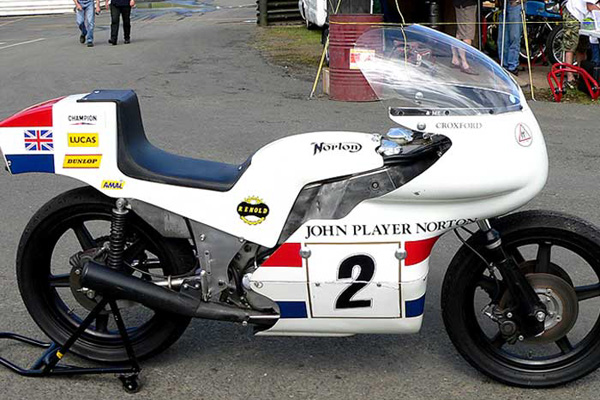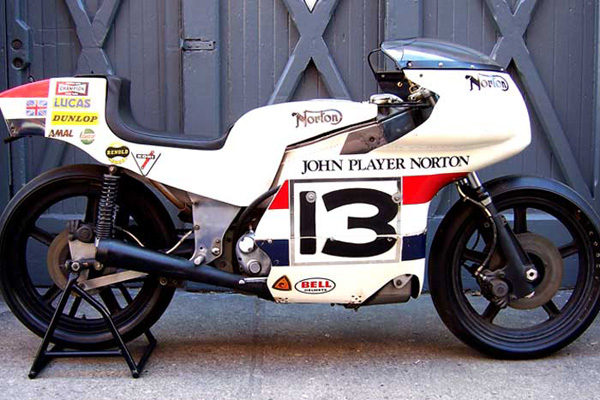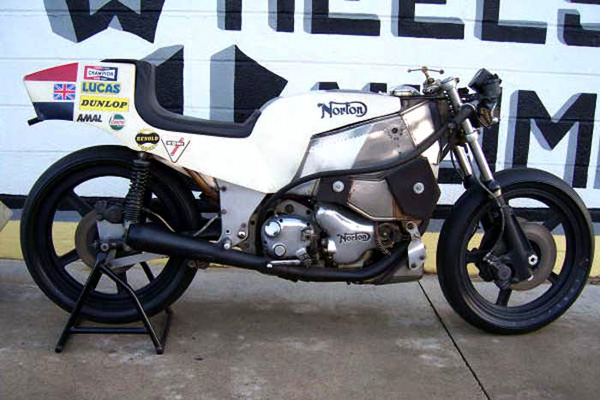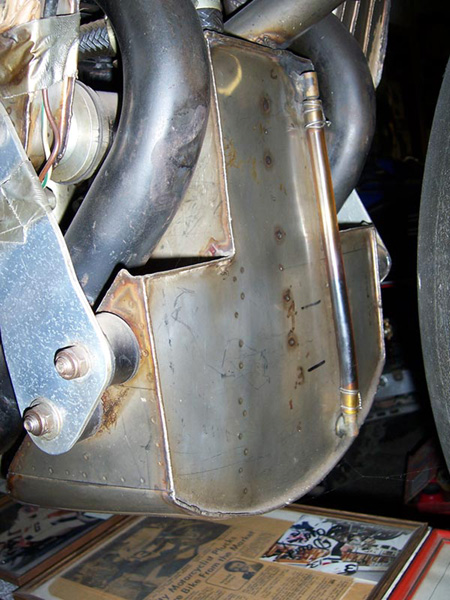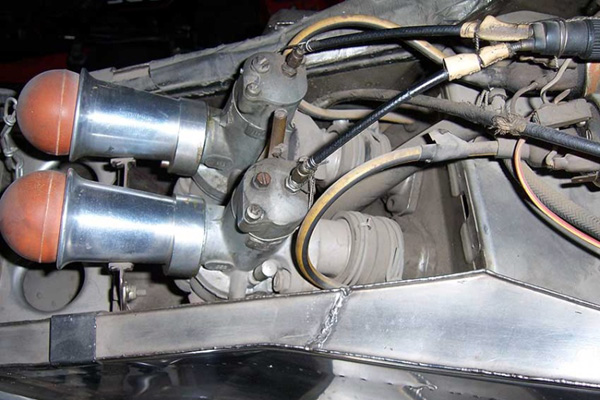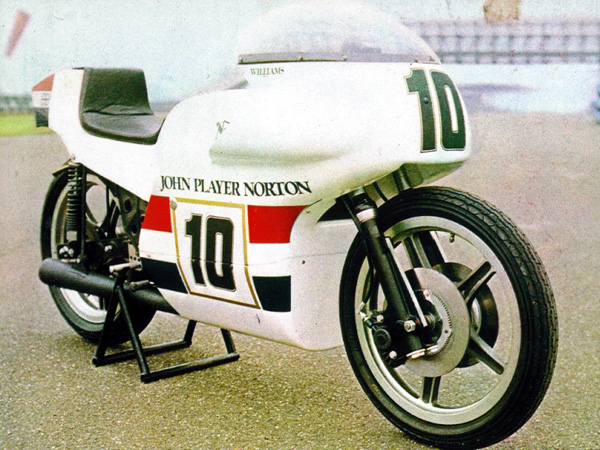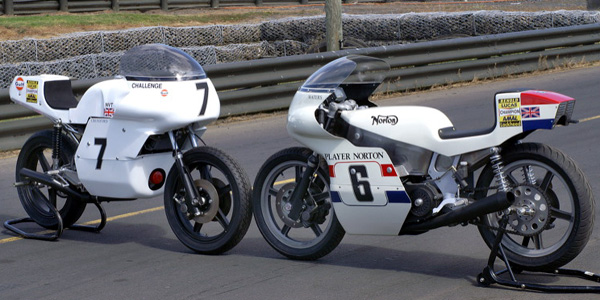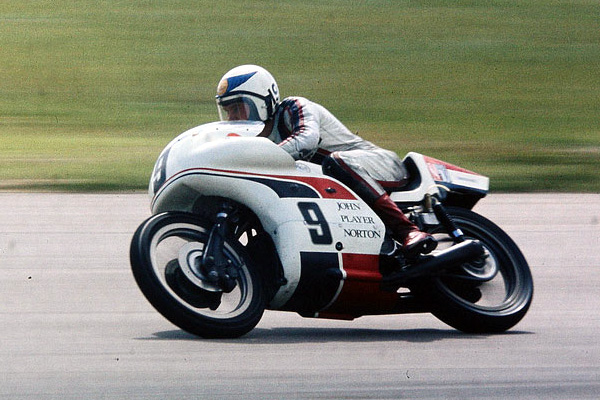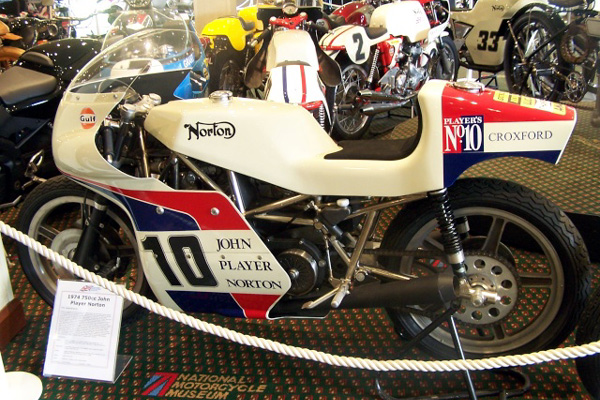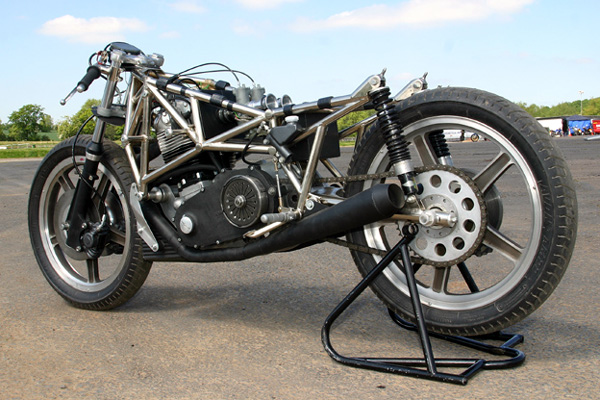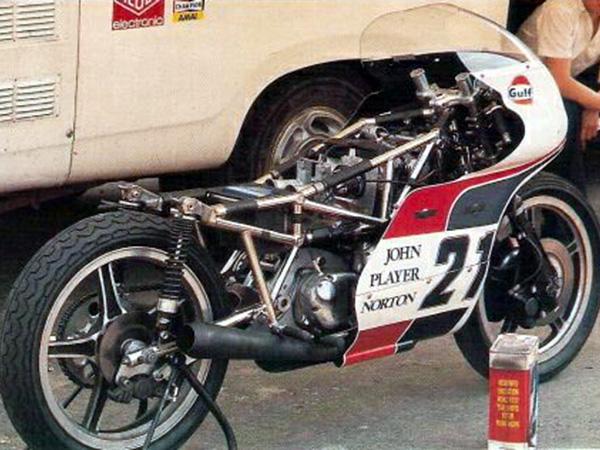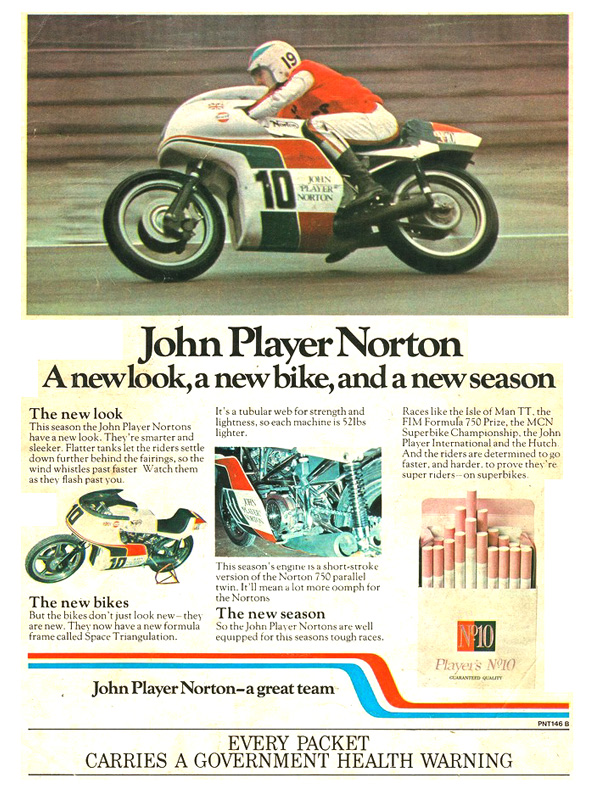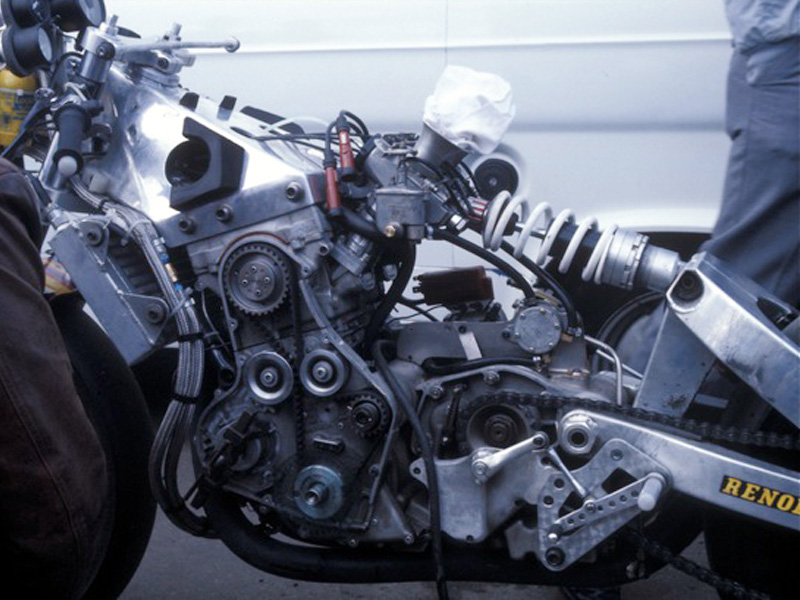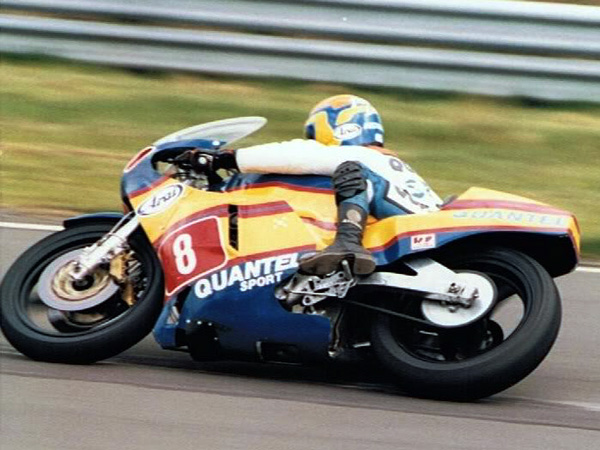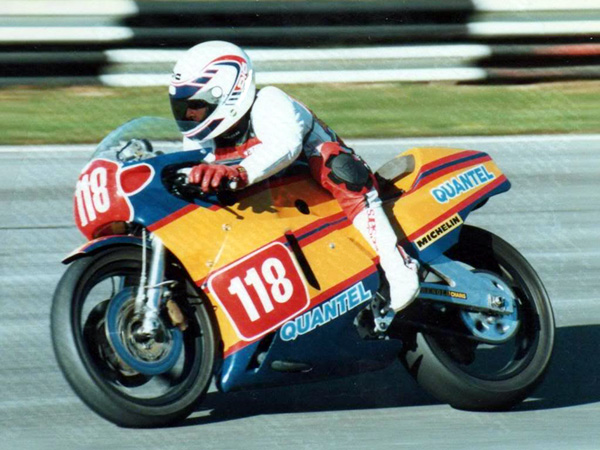|
1974 Norton 750 John Player Special
Third time unlucky
During its three years of existence, the John Player Norton team used three different cycle parts. Following the classic tubular frame of 1972 (derived from the Commando) with a large-diameter top tube and small-section auxiliary tubes, in 1973 the team used a stainless-steel monocoque devised by Peter Williams, who rode it to a record victory in the Isle of Man IT. Finally, for the 1974 season, a trellis girder frame was adopted.
Political Decision
Why had Norton abandoned the monocoque, which had been so successful? Williams, who later worked on Ford Formula 1 engines at Cosworth, commented: “I was against the change, but though the team seemed fully aware of my success as designer and rider, they decided to replace the monocoque. In my opinion, it was a political decision.”
Lack of Success
“You’ve never seen so many tubes in one frame,” declared Motor Cycle magazine. The new trellis frame (similar in concept to the Ducati’s) was faithful to the theory of the monocoque, with a load-carrying backbone surrounding the engine. The mechanics, who were all for the change, claimed it was lighter and made it easier to work on the engine. Williams said that the monocoque would have been considerably lighter for 1974. The second generation 749cc Commando engine replaced the old long-stroke (73×89mm) unit but was only a little more powerful, and the 1974 JPS was never fast enough to counter the new wave of Japanese two-stroke multi-cylinders.
SPECIFICATIONS
Engine: 749cc (77×80.4mm) air-cooled V-twin four-stroke; Lucas coil ignition
Power Rating: 78 hp @ 7500 rpm
Valves: overhead
Fuel System: two Amal GP carburetors
Transmission: 5-speed, chain final drive
Suspension: telescopic forks (front); swing arm with twin spring/dampers (rear)
Brakes: Lockheed; twin discs (front); disc (rear)
Wheels: 18 inch Dunlop tires on cast magnesium wheels (front & rear)
Weight: 331lb
Maximum Speed: 165 mph
The cantilever spine of the 1974 Norton-JPS was made up of many short, straight tubes. Sadly, the engine lacked the power to match the new generation Japanese works bikes.
This and many other Atlas Editions Classic Motorcycle cards are available for purchase.
| 
















